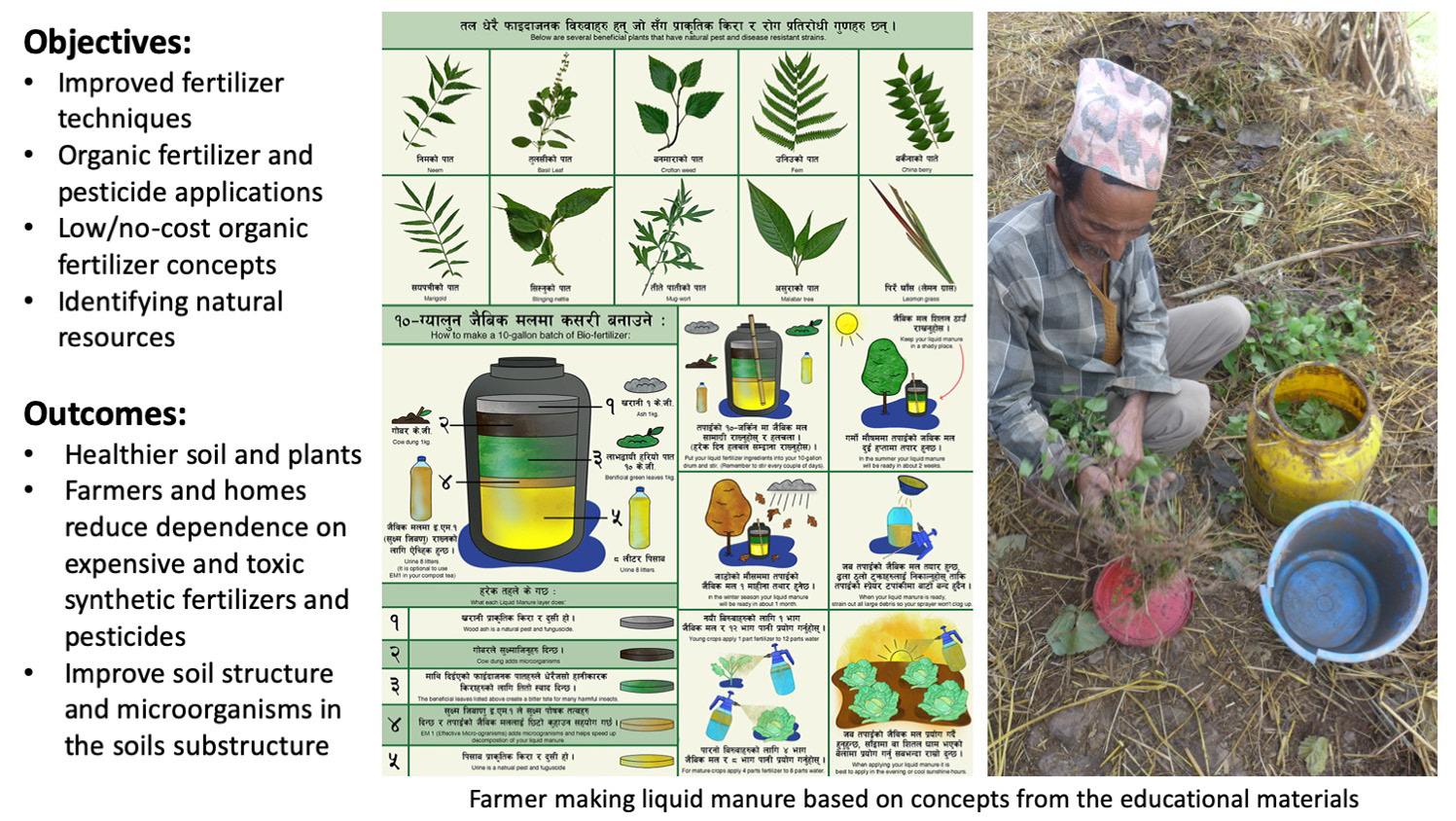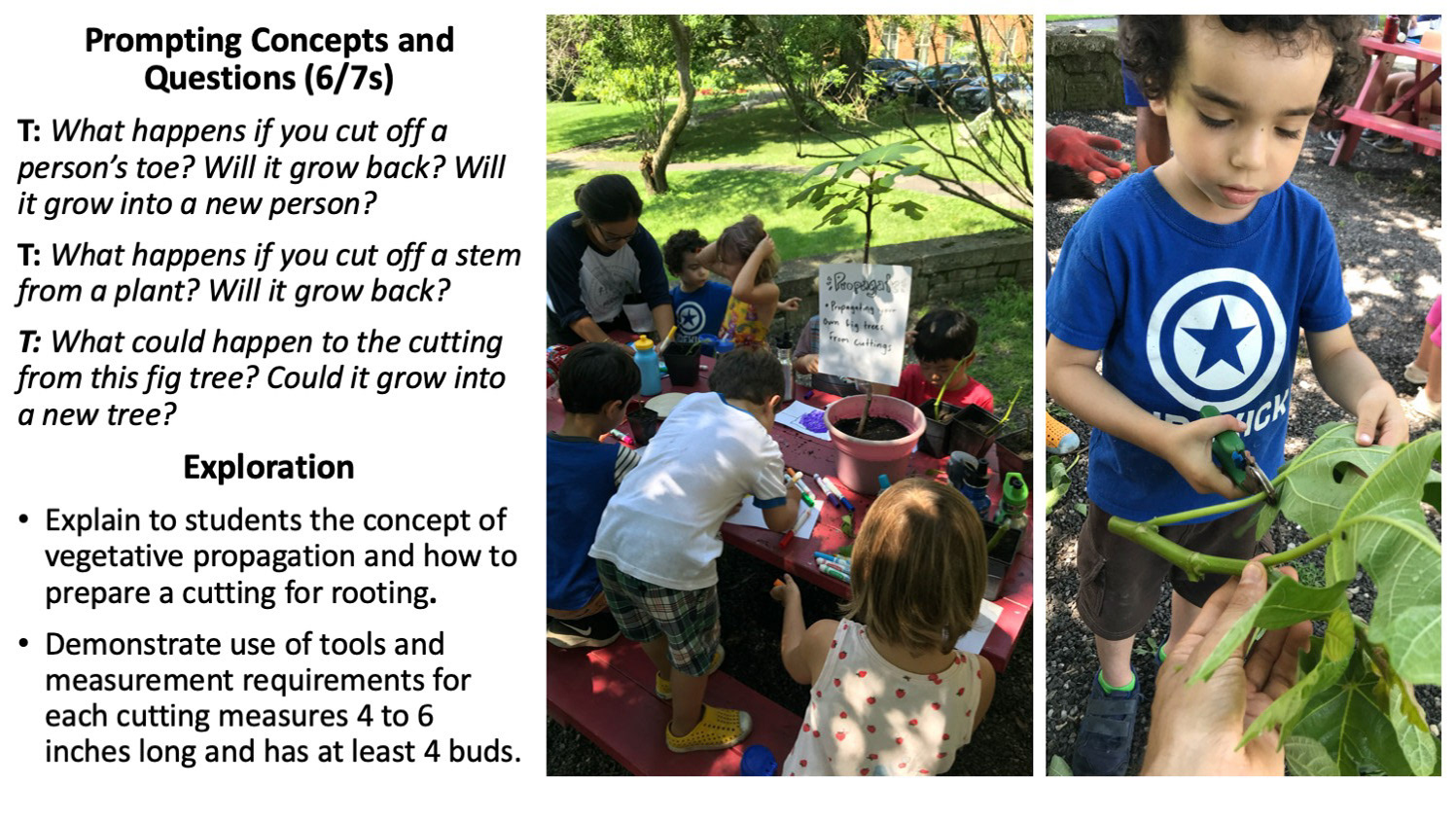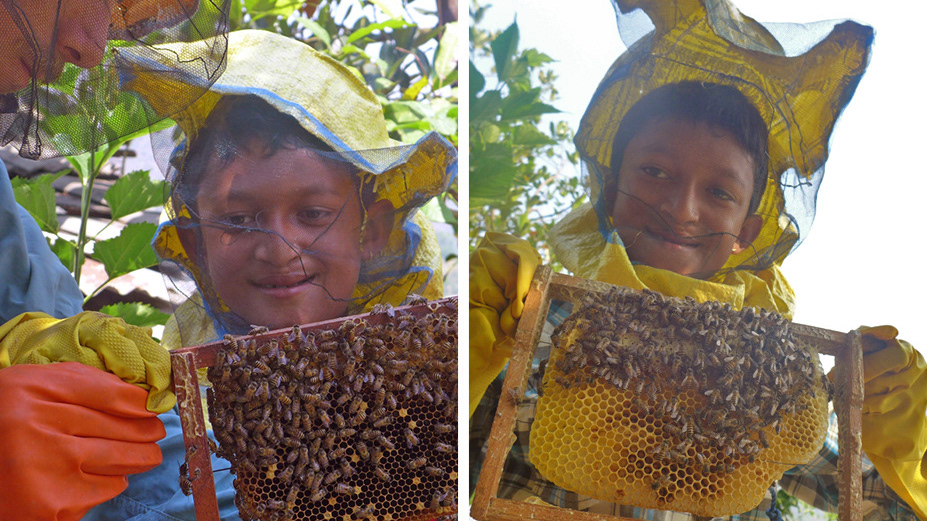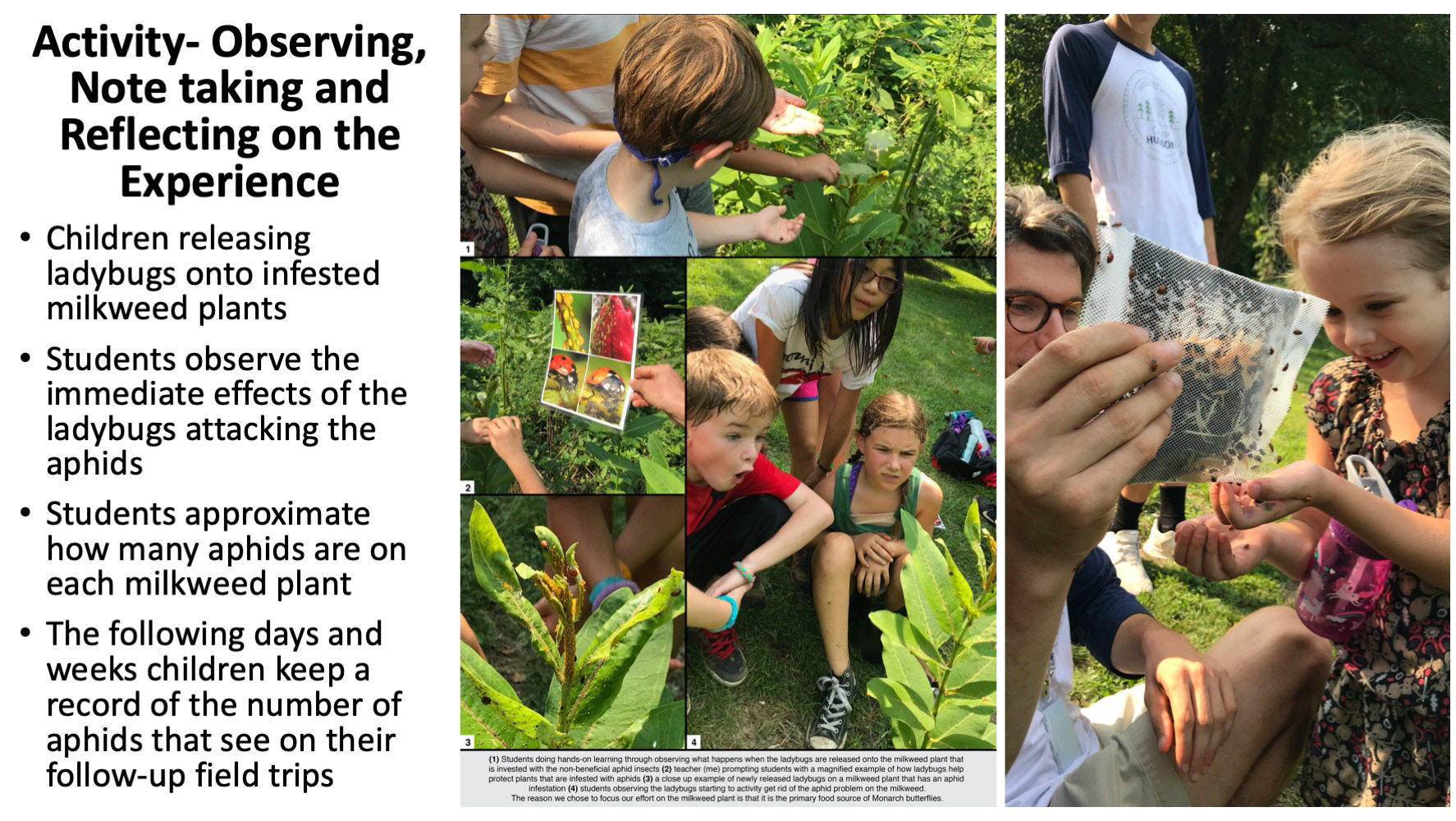My Second Year Peace Corps Experience
In my second year, I reflected on what was and wasn't working from my first year's experiences. After having mixed success with off-season vegetable, fruit, and honey production, I came across the idea of introducing new cultivars for fruit and nut trees like almonds, kiwi, and macadamia nuts. They are high yielding cash crops, along with being very nutritious and transportable.
USAID/Peace Corps Tree Grant Project
In April 2015 my Peace Corps colleague, Matthew Freeman and I wrote a grant that was approved and fully funded by USAID that allowed us to introduce new and improved high yielding fruit/nut cash crops into our remote villages in Pyuthan. Together we brought in over 400 improved varieties of fruit/nut trees ranging from 3 different varieties of almonds, walnut, Mexican lime, Meyers lemon, 3 different varieties of low chilling apples, 5 varieties of grapes, improved guava, pine nuts, and improved plums.
Along with my Elected Lead Farmers (ELFs), I monitored and evaluated (M&E) the selected farmers' groups that we established for this project. Our M&E activities included teaching/observing best practices in tree planting and using appropriate spacing of trees, along with teaching grafting/propagation techniques. Through our continued work, we have helped farmers better understand the importance and value of introducing these improved trees to new farmers and how there could exist a profitable business in both nursery management and fruit/nut production for themselves once their trees begin producing in 2-5 years time. The idea behind the project was that Matthew and I view Nepal as the “Goldilocks country” due to the fact that it is in the middle hills regions of Nepal, where “it's not too hot, not too cold, but just right”. It has the appropriate climate for almost all different and diverse fruit/nuts that can be grown in the world. Our district of Pyuthan ranges from 300 meters to as high as 3,600 meters above sea level. This allows farmers and their communities to have the ability to grow such high-value crops as mango, macadamia nut, and lychee in the lower elevation areas between 300 meters to 1,000 meters- and almond, walnut, kiwi, and apple in the higher regions that have an elevation between 1,200 meters- 2,500 meters. With this diversity in elevation in a single community, farmers can produce a wide array of both fruits/nuts that many other countries can only dream of. One of the main goals of this project was to highlight this growing opportunity by showing and teaching what is possible for production in Nepal, both at the local level and what could be possible at the national level regarding nut/fruit production for income generation and improved nutrition.
Grafting for Improved Nut and Fruit Production
From 2014-2015, I worked with farmers and families on different propagation and grafting techniques. These techniques ranged from air layering, top grafting, wedge grafting, and inarching. These skill sets have facilitated the improvement of fruit and nut production in the district of Pyuthan. Now farmers can improve the cultivars of what was previously grown and increase the diversification of their yield, as well as their earnings.
Kiwi Nursery and Orchard Management
During 2014-2015 I had worked with my Elected Lead Farmers (ELFs) to set up best practices in kiwi production that included: grafting, raising seedlings, land surveying, and establishing orchards for production. Kiwis sell for approximately $7.OO (US) per kilo in Kathmandu and unlike other cash crops in villages (tomatoes and cucumbers) kiwis have a tough outer skin making them easier to transport long distances. Additionally, they thrive without cold storage for up to a month making them a desirable new fruit to grow for farmers in remote districts where transportation is limited and difficult. Along with their high market value, kiwis offer communities a new source of vitamin C (three times that of oranges).
Peace Corps In-Service Technical Training Facilitator
During February of 2105, I served as the technical facilitator for Peace Corps Nepal's new group of volunteers. My colleague, Matthew Freeman and I facilitated a three-day training on, fruit and nut production, grafting, Organic Pest Management (OPM), and fruit production management. A primary emphasis was on the importance of identifying and becoming familiar with the Peace Corps volunteers' (PCV) local resources at their sites. Equally important, the PCVs are now able to apply the skills learned from the training and directly incorporate these new practices into their work as food security volunteers.
Gray Water Management
One of the most critical factors and essential requirements regarding fruit/nut and off-season vegetable production is having constant access to water. This is especially true because many high-value fruits/nuts and vegetables have high water requirements like kiwis, almonds, tomatoes, cabbage, and macadamia nuts. In Nepal, most farmers rely solely on rainfall as their primary source for watering crops. This limits what the farmers can grow and earn off of their land.
The above photos illustrate my work building a water catchment system, also known as Gray Water Management. This involved a device that catches all water that has been used for washing dishes, clothes, as well as water from showering. This water then gets collected into a storage system, and from there can be released through a pipe that allows the farmers to irrigate their fields. This“unclean” water (gray water) is perfectly suitable to be applied to plants/trees/vegetables and requires little investment to build. The benefits far exceed the overall construction cost. The gray water tank in the photo above is a 65-liter tank that needs 2 ½ bags of cement and three days of manual labor. The project costs approximately 8.00 USD worth of materials. Now the Gray Water Catchment System supplies water to over 1-acre of land on a weekly basis.
Gray Water Management
One of the most important factors and essential requirements regarding fruit/nut and off-season vegetable production is having constant access to water. This is especially true because many high-value fruits/nuts and vegetables have high water requirements like kiwis, almonds, tomatoes, cabbage, and macadamia nuts. In Nepal, most farmers rely solely on rainfall as their primary source for watering crops. This limits what the farmers can grow and earn off of their land.
The above photos illustrate my work building a water catchment system, also known as Gray Water Management. This involved a device that catches all water that has been used for washing dishes, clothes, as well as water from showering. This water then gets collected into a storage system, and from there can be released through a pipe that allows the farmers to irrigate their fields. This“unclean” water (gray water) is perfectly suitable to be applied to plants/trees/vegetables and requires little investment to build. The benefits far exceed the overall construction cost. The gray water tank in the photo above is a 65-liter tank that needs 2 ½ bags of cement and three days of manual labor. The project costs approximately 8.00 USD worth of materials. Now the Gray Water Catchment System supplies water to over 1-acre of land on a weekly basis.








